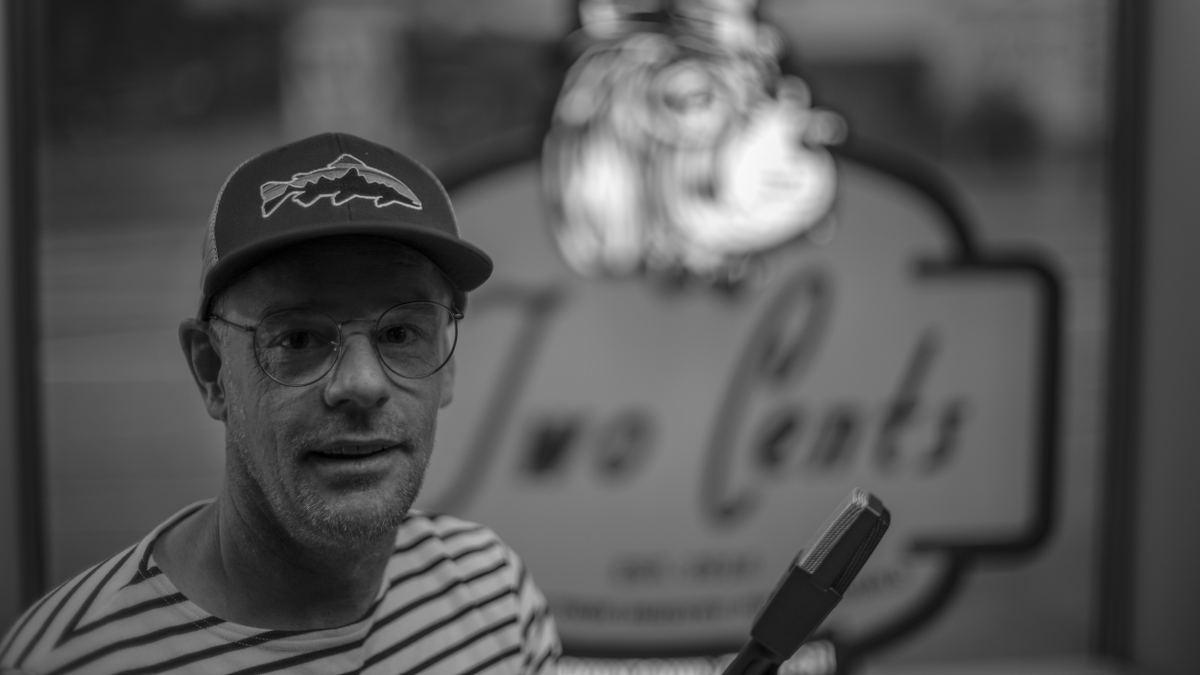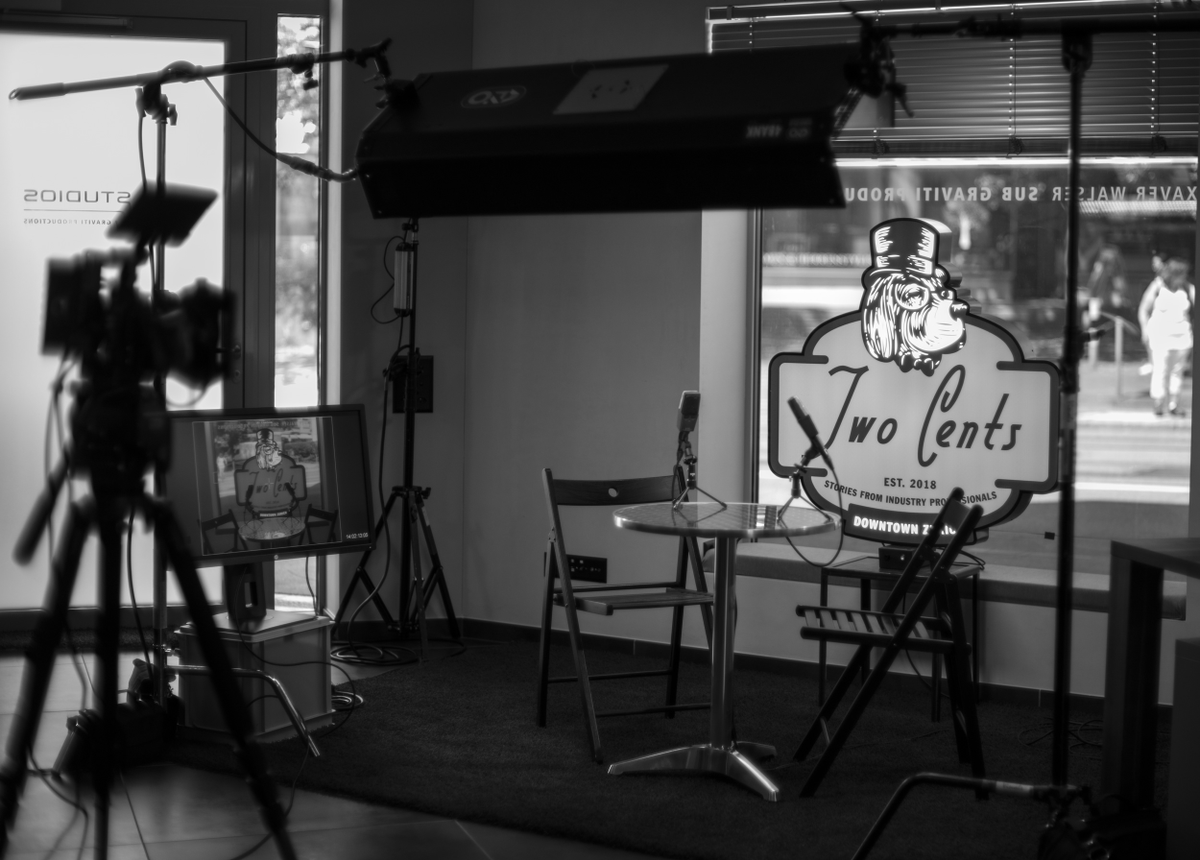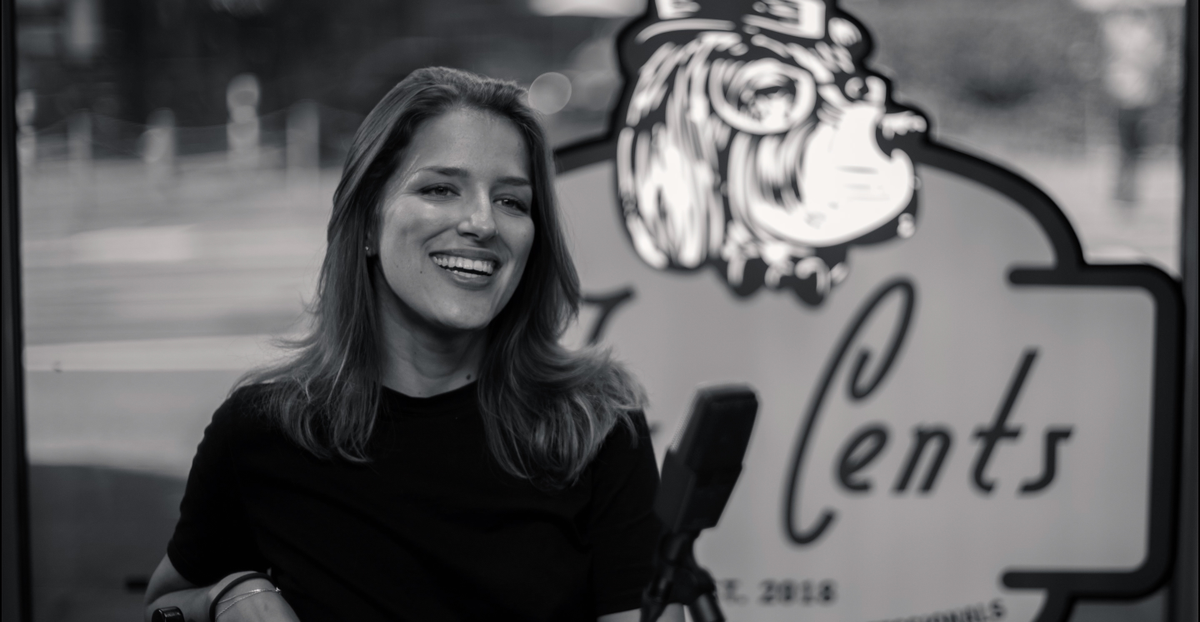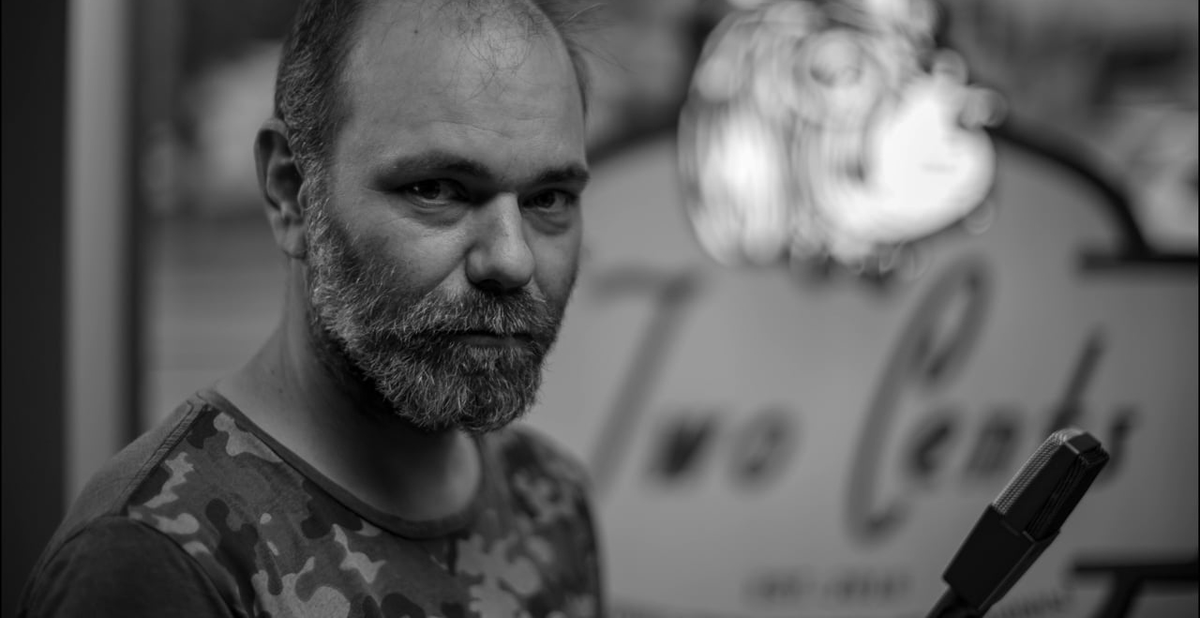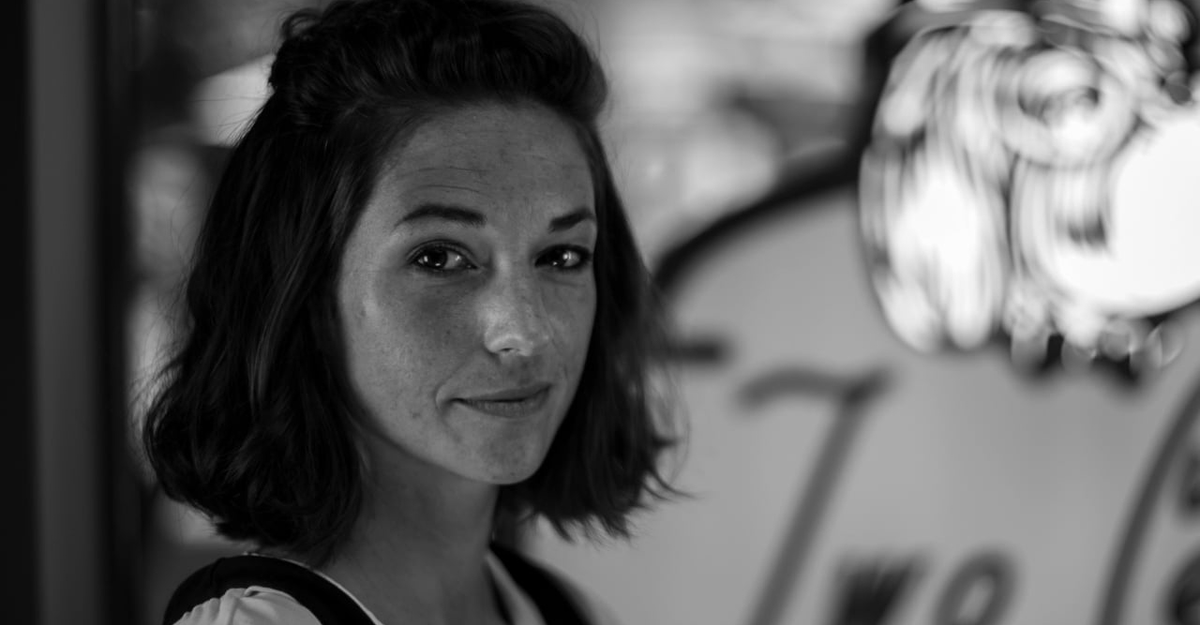Today’s guest is Daniel Meuli, he is one of the most hype photographers at the moment. He works in ultra large format. Tell us your story, where do you come from?
I am from Engadine Vallée and I have always been in love with visual projects. For years I have worked with my friends on snowboard and ski movies. It was a great time and then I started to do more animations, commercials and graphic design jobs, but I was really sick on working on a computer. My biggest dream was to work with natural light and do one by one exposures. Many years ago, I started with small tiny pinhole projects, then the camera got bigger and when I had financial background to pull a project like this, I just did it.

Is it expensive to do this?
One part is the materials, the lens, the trailer and the second part is the time that you invest figuring out how it works. If you have nobody to ask how it works, normally you are on the right way.

Why would you say that ultra large format is better than a 35mm format? What happens in the process?
Well, the question is always what is a large format for you? My negative is 1.20 by 1 meter with the same resolution that a 35mm negative has. That’s why it looks different. You have this huge piece with so much informations on it, that’s the difference.

You camera is massive and when you see something, when you vision it, how do you place your camera shifted around so you can get to the right composition that you have in mind?
I won’t say that it’s a problem. The biggest challenge is to find locations that really works. I can’t zoom, I can not work like a normal photographer. I have to take the things like they are. It is like it is and the difficult part, to find location and object that really works.

You have this very specific way of framing where you compositing is calculated. How do you decided what is on this composition?
If you have one chance to do one photo, you better think about it. We think a lot about our framings. If you have one chance to do one photo, you really think about what you are doing.

You don’t even have colors in your pictures to help you tell a story but still somehow you manage to take us on this crazy ride of nothingness in a way. How do you do that?
I love to reduce. I love to reduce a landscape to the minimum that is still a landscape. Two years ago we started this project “Shades of White” and the goal was to reduce a landscape to a surface of snow. Snow is not just white, snow lives. We don’t have any comparison of size and what it is. It could be sand, it could be snow, is it small? is it big? There, something weird happens. You remove all the informations that normally a pictures brings with it, but you have still all these informations on the white surface.

Normally you get distracted by colors. You have a red house in the picture, the focus on this red house and you lose the sense of proportions and textures and what happens in the picture. That’s why I think it’s really difficult to take black and white pictures that really looks good. That’s what I am searching for.

We all need inspiration for our work. Where do you go? Who do you look up to?
I think the best inspiration is always to walk around with open eyes. Sometimes I can find things that I saw for many years but never recognize that they are beautiful. Now with this project I start to look closer and look better at the things that surrounds my home. Inspiration is all around us.

I would define you as being successful at what you are doing. How you would inspire somebody else that is striving to be a good photographer?
The biggest part is trying to think outside the box. If you don’t have a person to ask how it works, normally you are on the right way to do something cool that really works. But it’s mostly the hardest way.
What drives you? What get you up in the morning to get the next good shot or the next good composition?
That’s my daily job. My motivation is to try to do something with nothing. To take dirty snow make a snowball out of it, do a story about a snowball and the pollution in the mountains and try to create a story out of mostly nothing.

I am so thankful I have you, I have Olivier and all my friends that are really inspiring. You are really a good crew and with my technique crew I have so much fun. It’s just beautiful to work with a crew like this.
If you want to learn more about Daniel Meuli‘s work, you can watch the documentary Temporary Horizon, directed by Xaver Walser.


